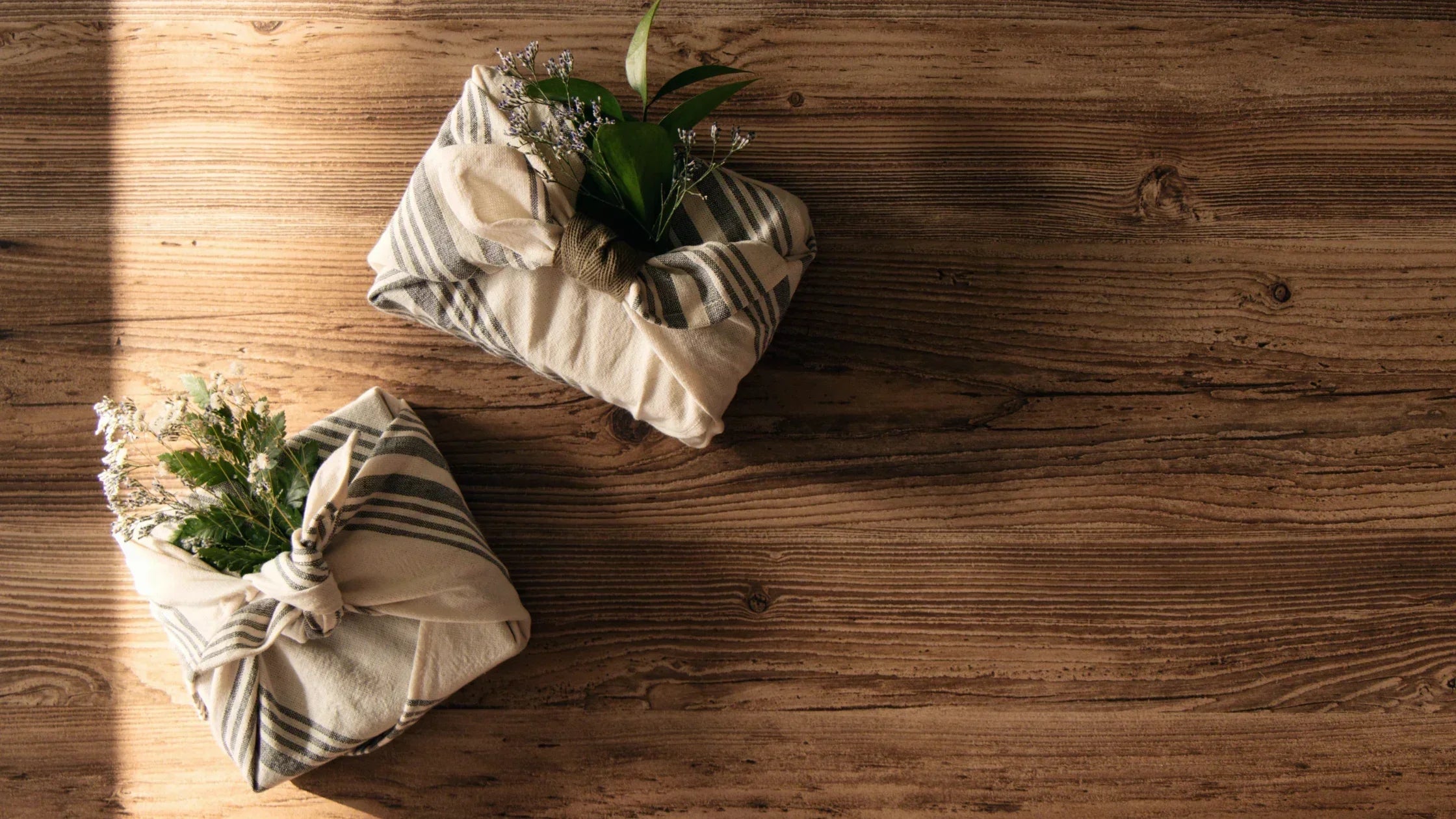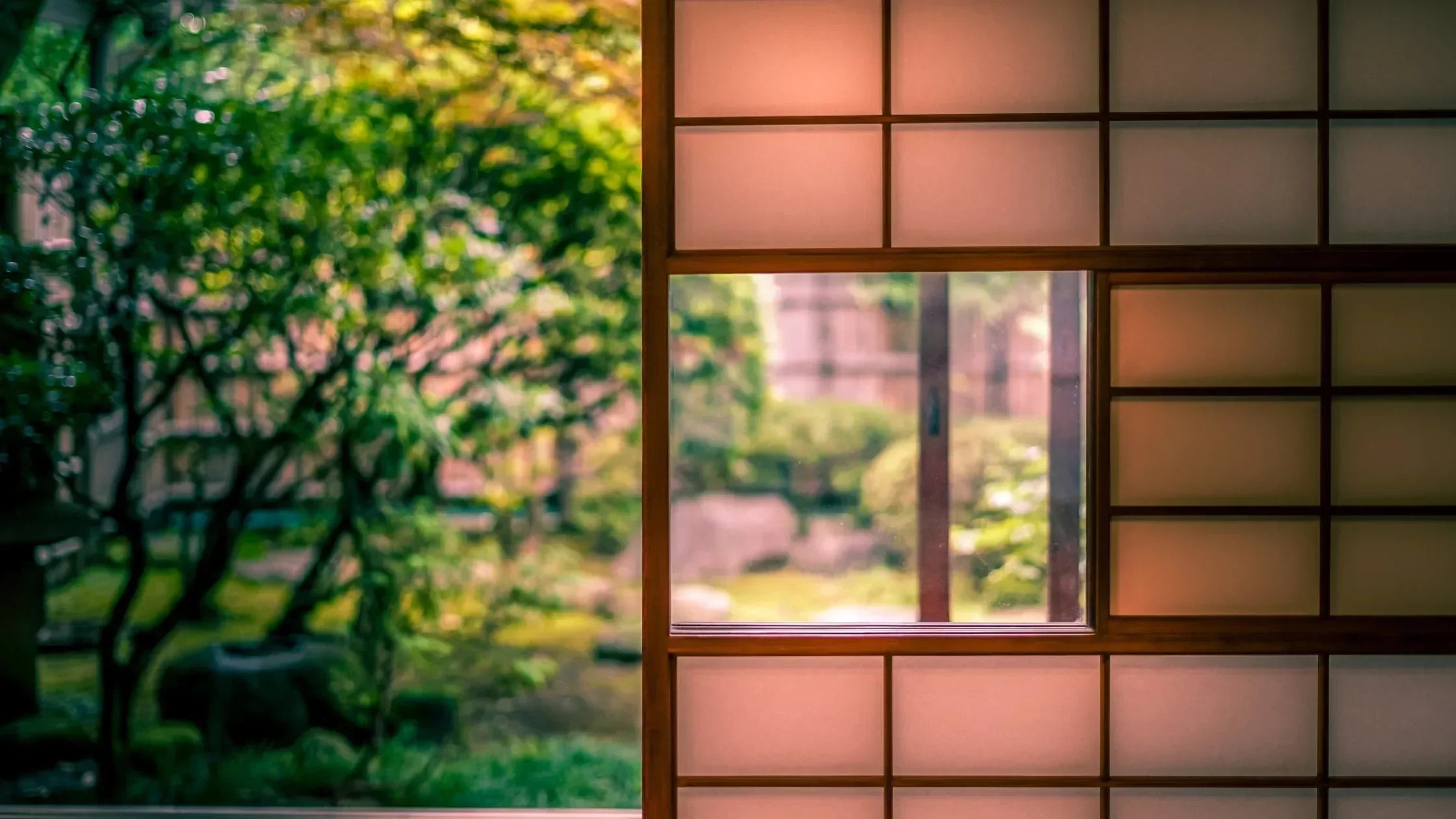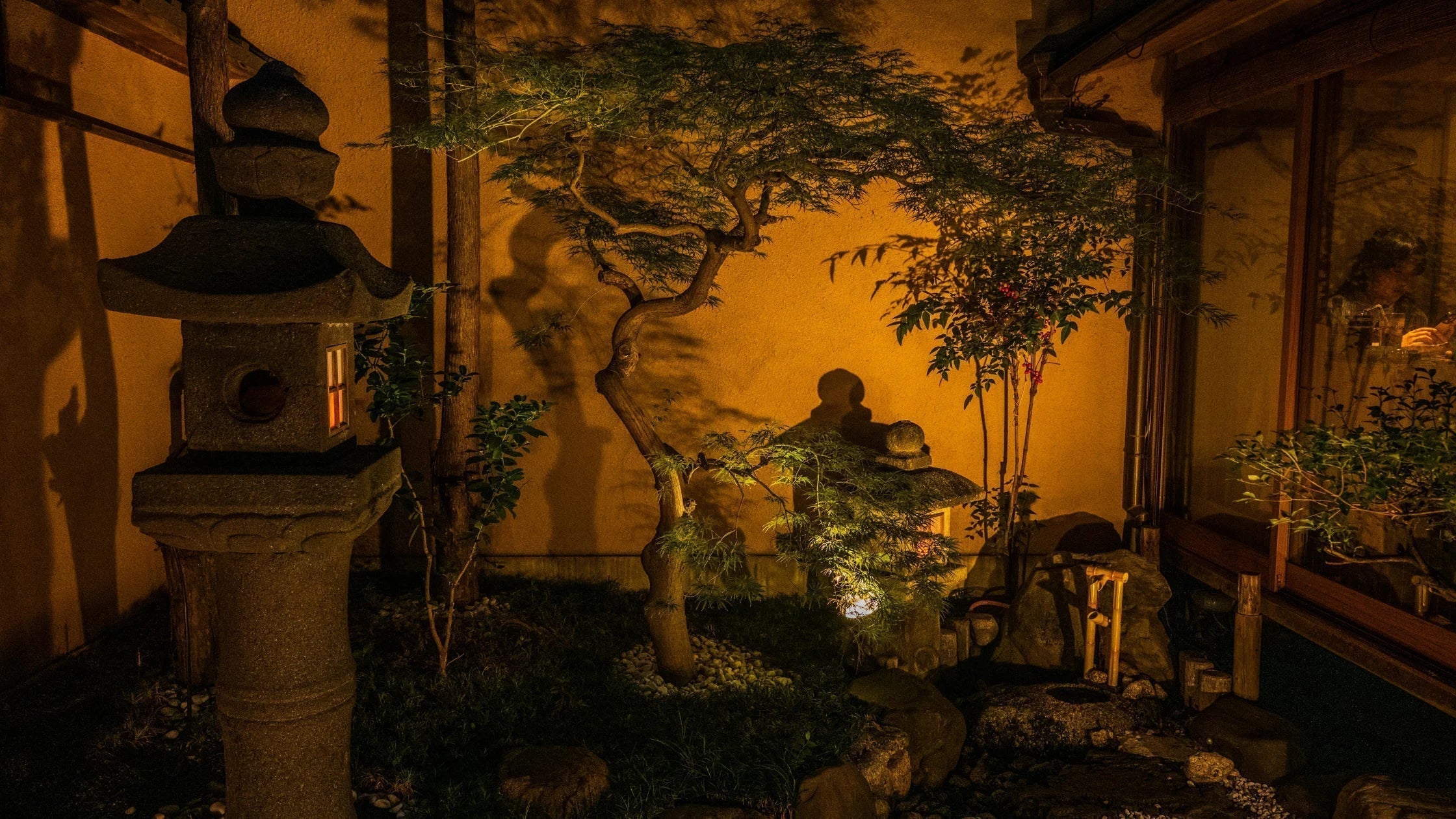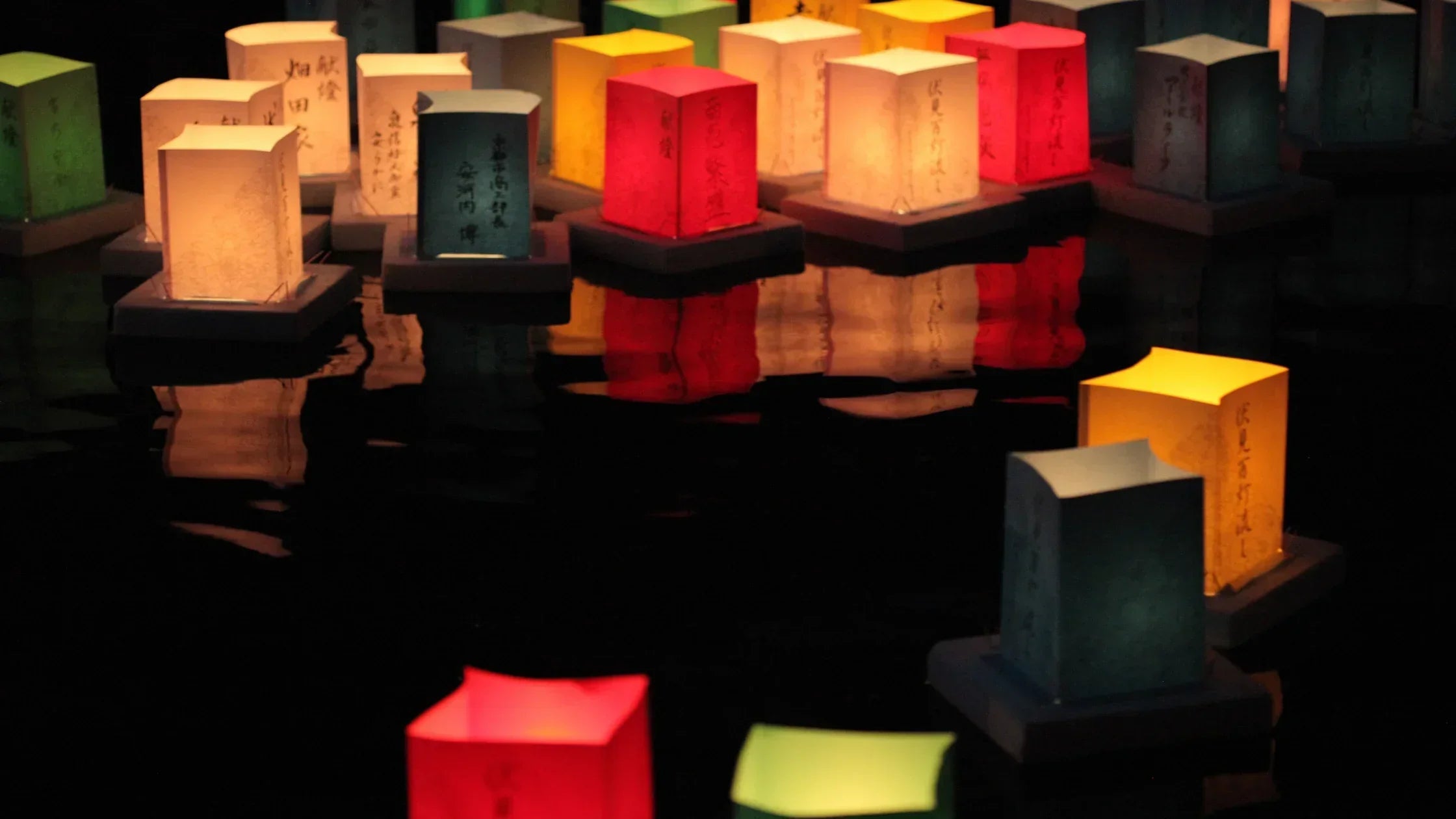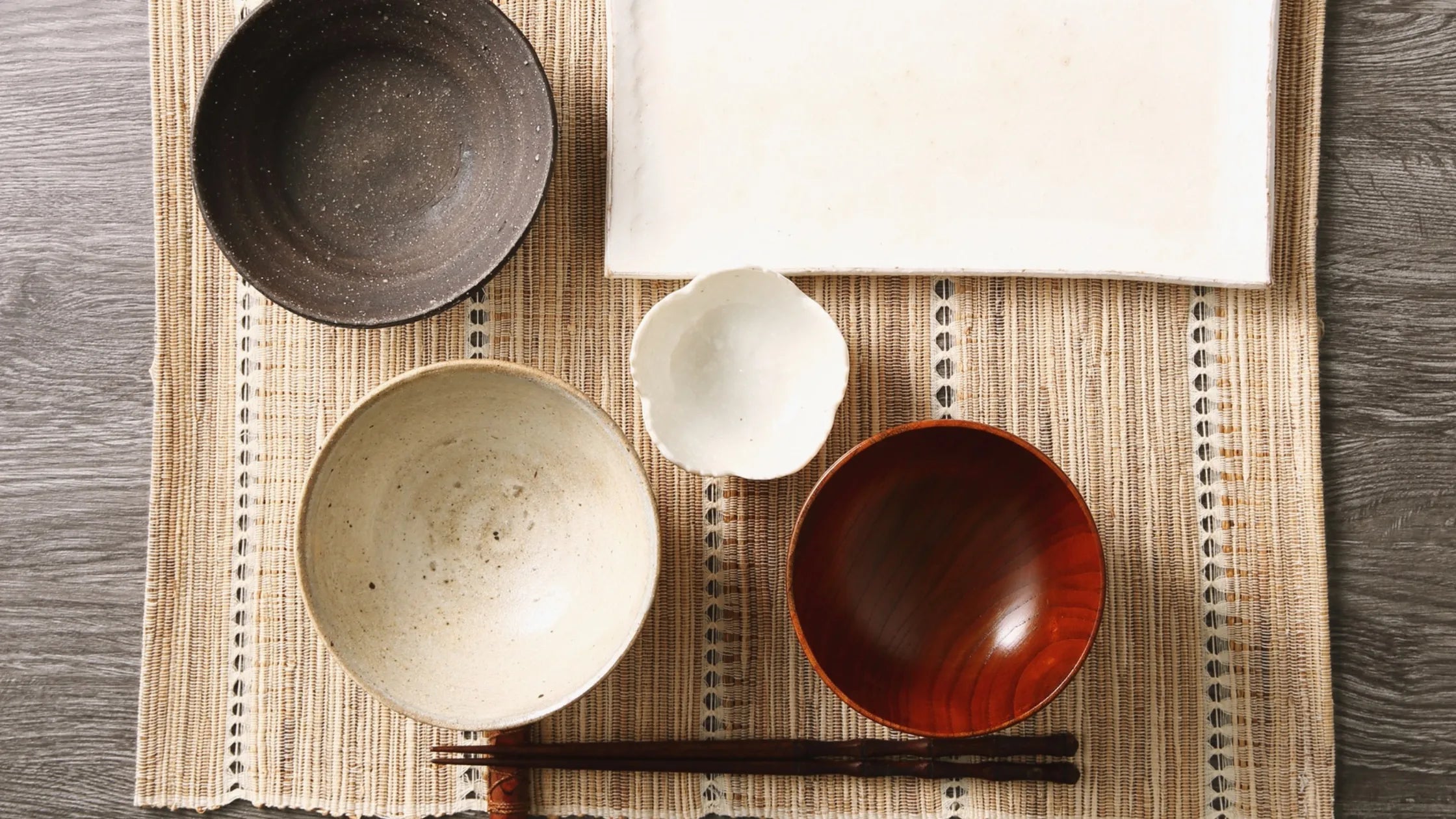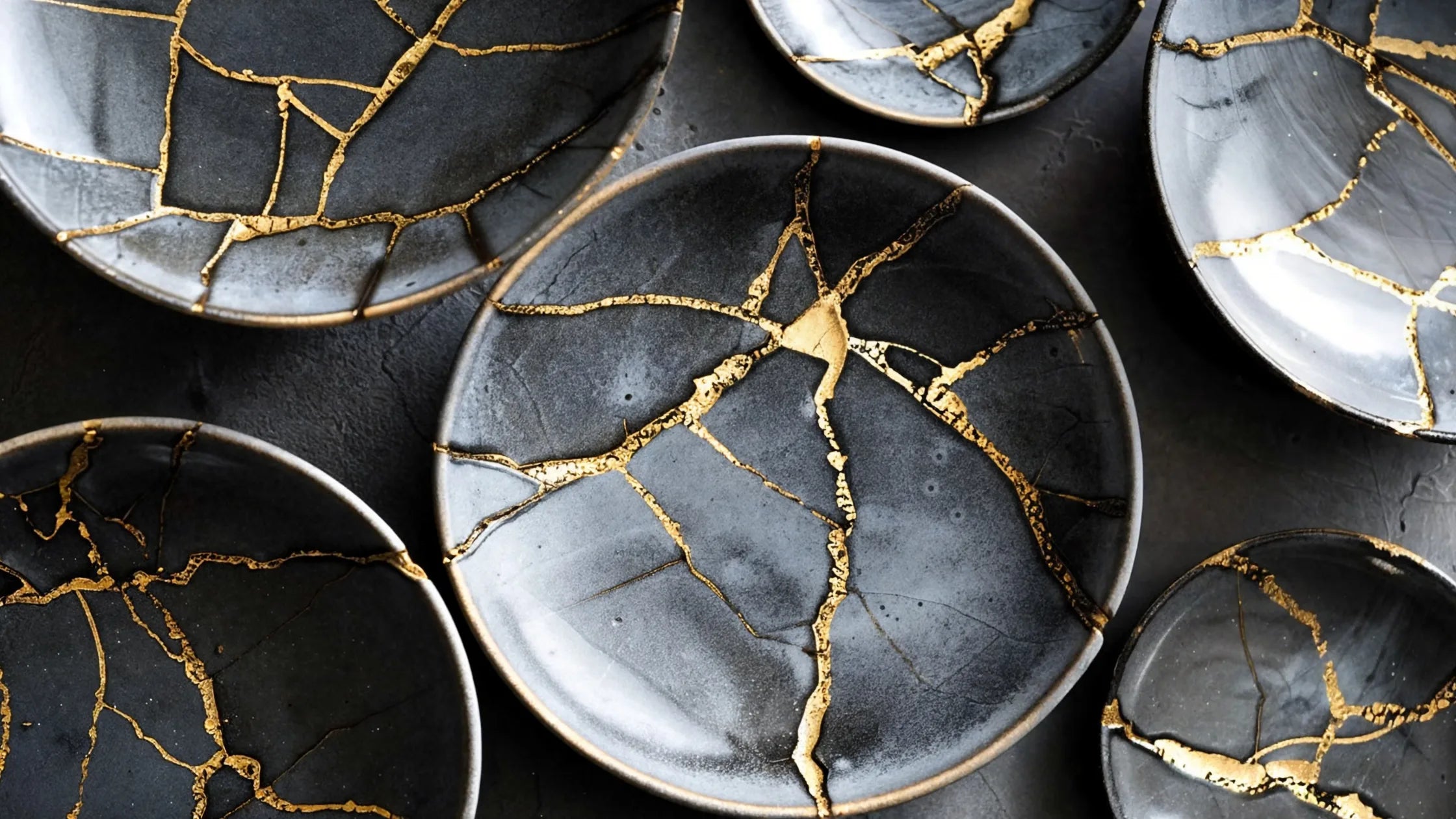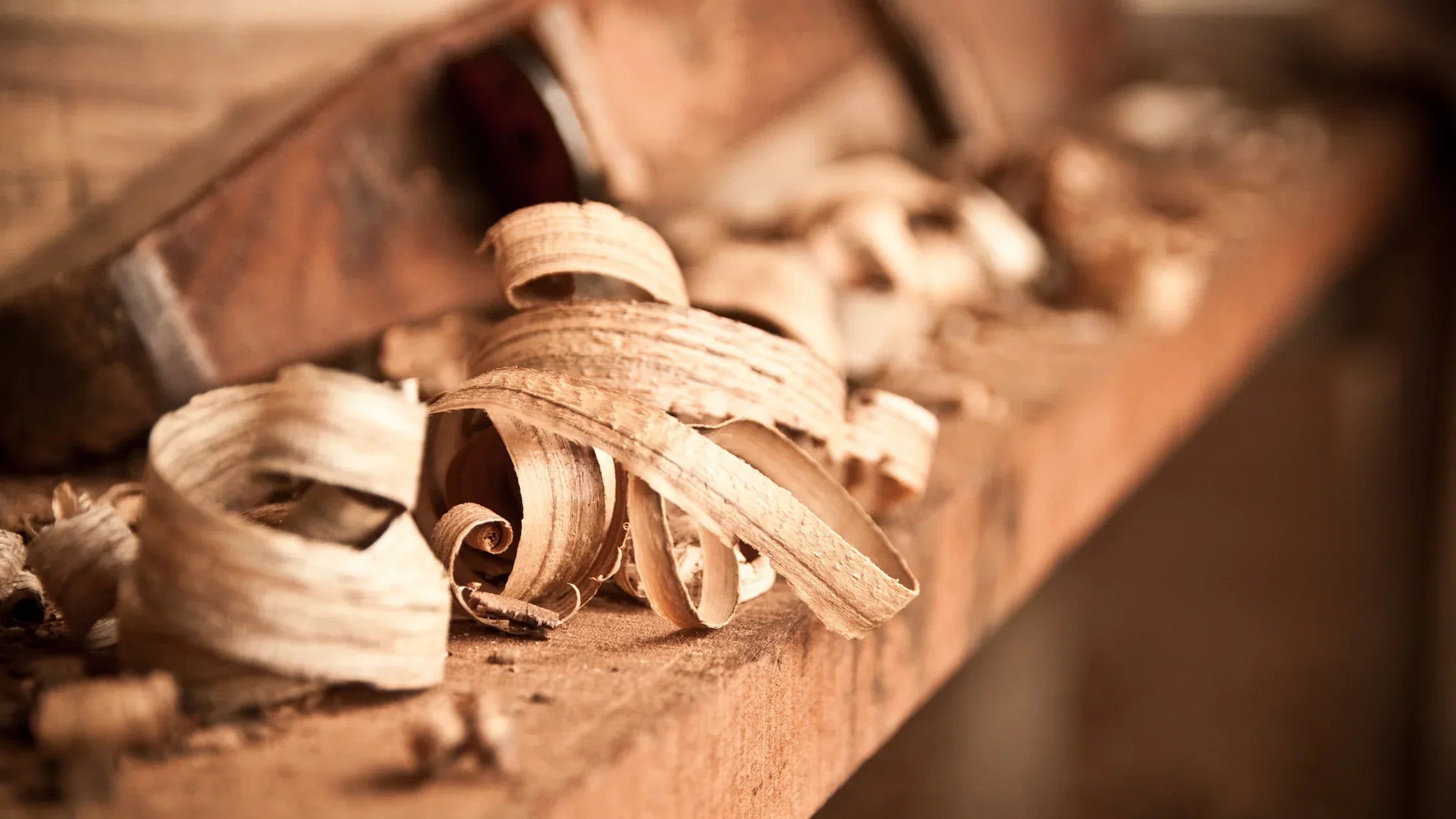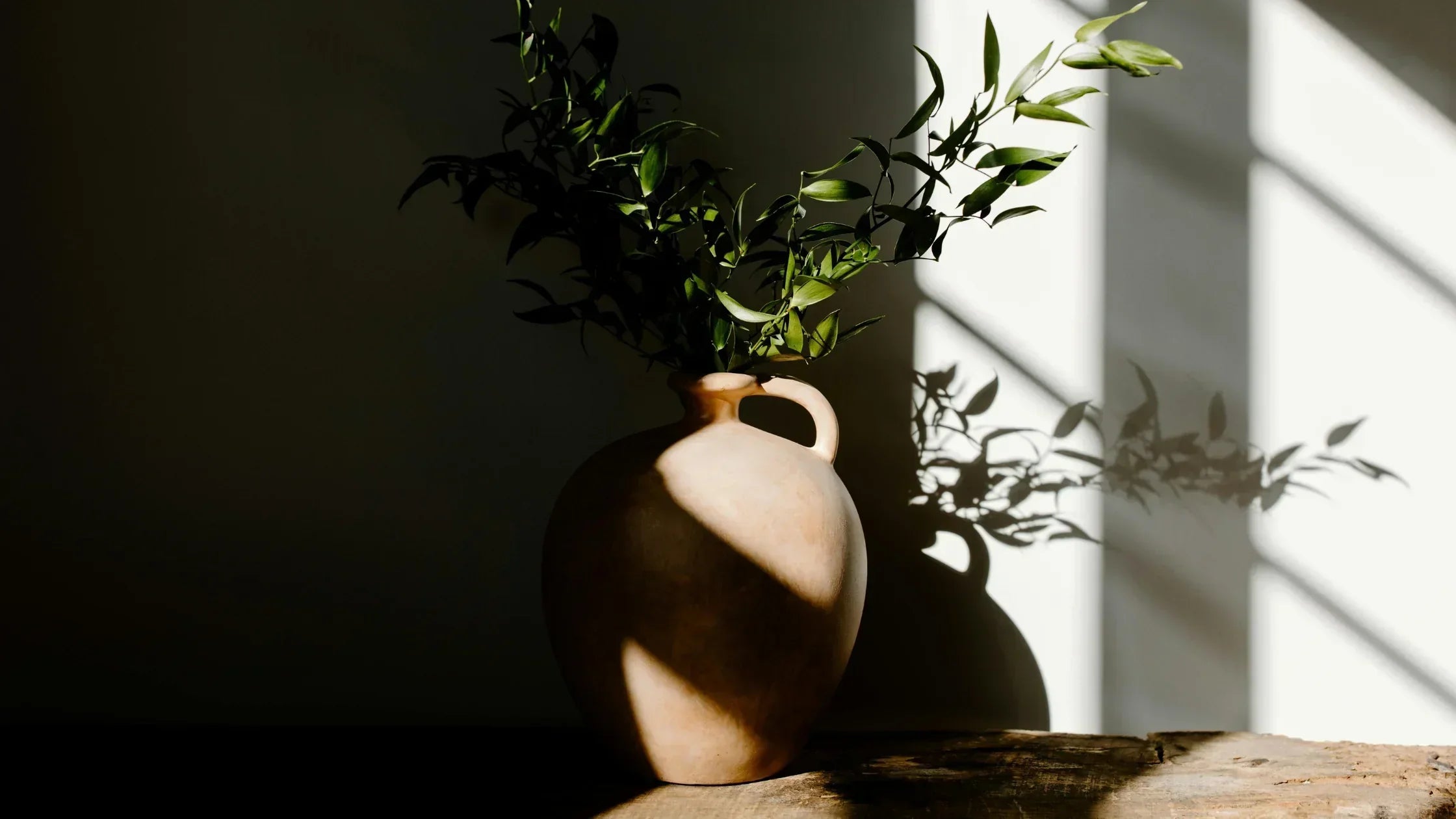What Is Furoshiki? The Art of Japanese Gift Wrapping
If you love the beauty of Japanese design — that perfect mix of simplicity, elegance, and meaning — then you’re going to fall in love with Furoshiki. It’s not just a way to wrap gifts; it’s a whole mindset about thoughtfulness, beauty, and sustainability.
Let’s take a closer look at this centuries-old art and why it’s finding its way into modern homes and boutiques all over the world.
All About Shoji Screens: Function and Elegance
If you’ve ever admired the clean, serene vibe of a Japanese home, you’ve probably noticed shoji screens. Those beautiful sliding panels aren’t just eye candy—they’re smart, functional, and surprisingly versatile. Perfect for anyone who loves Japanese-inspired decor, they can add a touch of elegance to your space while keeping things practical.
The Role of Nature in Japanese Interior Design
There’s something quietly magical about Japanese interior design. It doesn’t shout for attention — it just feels right. The air seems calmer. The space feels open but grounded. Every detail, from a soft tatami mat to the grain of a wooden table, connects you to something real.
That’s because Japanese design isn’t just about how a home looks — it’s about how it lives. At its heart is a deep respect for nature, balance, and simplicity. It’s this natural harmony that makes Japanese interiors so timeless — and so loved by people around the world who crave a slower, more intentional way of living.
How to Celebrate Obon: Honoring Ancestors at Home
Obon (お盆) is one of Japan’s most beloved traditions: a time when families pause, remember those who came before us, and welcome their spirits home. While many people travel to their ancestral hometowns during Obon season, you can also observe its essential rituals and spirit — even if you’re far from Japan or unable to visit family graves.
In this guide, I’ll walk you through how to celebrate Obon at home, covering its meaning, key rituals, and practical steps you can take to honor your ancestors meaningfully.
Exploring Washi Paper and Its Uses in Modern Homes
If you’ve ever walked into a beautifully designed Japanese-inspired space, chances are you’ve noticed the soft, warm glow of Washi paper somewhere in the room. Maybe it was a delicate lamp, a sliding screen, or even wallpaper with an organic texture that felt effortlessly calming. Washi has this timeless quality—it’s simple, elegant, and surprisingly versatile—which is why it’s becoming such a favorite in modern homes.
Let’s take a closer look at what Washi paper actually is, why it’s so special, and how you can bring it into your own home in a way that feels both stylish and meaningful.
Exploring Japanese Tableware: From Plates to Chopsticks
There’s something truly special about sitting down to a meal where every piece on the table feels thoughtful—where the bowls, plates, and even the chopsticks feel like part of the experience. That’s exactly what Japanese tableware does. It’s not just about eating—it’s about slowing down, appreciating the moment, and surrounding yourself with everyday beauty.
Whether you’re a fan of minimalist design, a collector of handcrafted home goods, or just someone who loves a cozy bowl of miso soup, exploring traditional Japanese tableware is a rewarding (and addicting) experience. Let’s take a look at some of the key pieces, what makes them so unique, and how you can start incorporating them into your home.
The Art of Kintsugi: Repairing Ceramics with Gold
Let’s be honest—we’re all a little obsessed with perfection. We toss out chipped mugs, replace scratched furniture, and scroll past anything that looks even slightly worn. But what if there was a better way to see broken things? What if instead of hiding flaws, we celebrated them?
That’s exactly what the Japanese art of Kintsugi is all about.
Kintsugi, which means “golden joinery,” is a way of repairing broken ceramics by filling the cracks with gold lacquer. Yes, you read that right—gold. Instead of gluing something back together and pretending it was never damaged, Kintsugi makes the cracks the most beautiful part of the whole thing.
But here’s the cool part: it’s not just about fixing bowls. It’s also a really powerful way of thinking about life, imperfection, and how we deal with things when they fall apart.
Traditional Japanese Woodworking Techniques You Can Appreciate Today
Let’s be real—most of what we buy these days is mass-produced, fast, and kind of soulless. But every now and then, you come across something so well-crafted, so thoughtful, that it makes you stop and appreciate the skill behind it. That’s exactly how traditional Japanese woodworking feels.
This ancient craft is all about precision, patience, and working with nature—not against it. Whether you're into DIY, woodworking, design, or just love beautifully made things, these traditional techniques are totally worth learning about (and maybe even trying yourself).
Behind the Brand: The Story of Our Japanese Home Goods
When you step into a home designed with Japanese aesthetics, you immediately feel a sense of calm, balance, and intentionality. Every item has a purpose, and every space is a reflection of mindfulness.
At E N Z ō K I, we are passionate about bringing authentic Japanese home goods to households worldwide, blending tradition with modern design to enhance everyday living.


